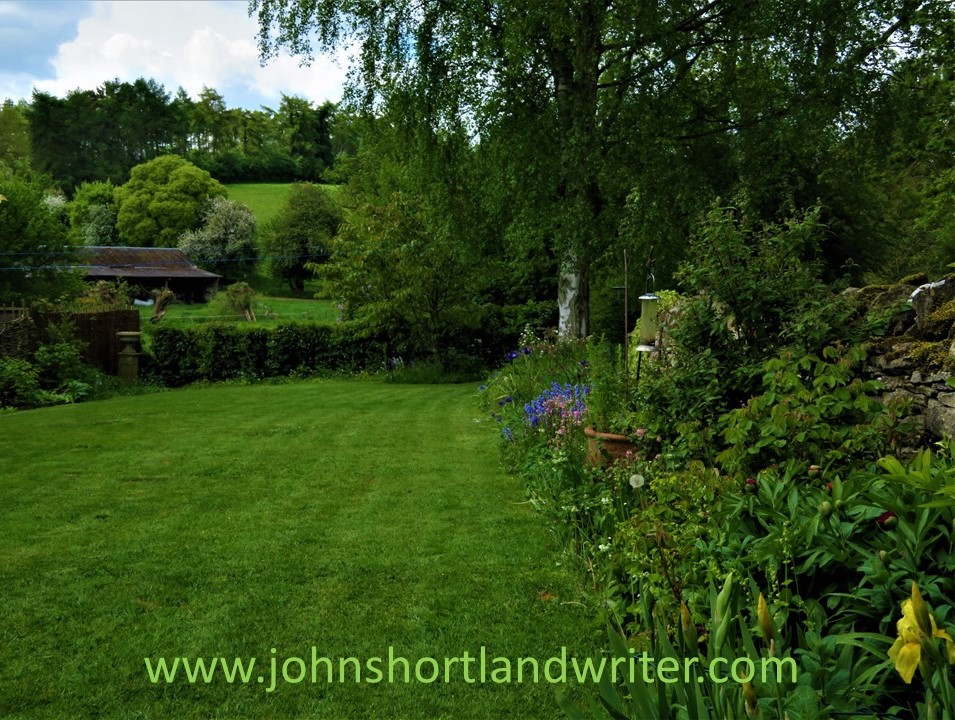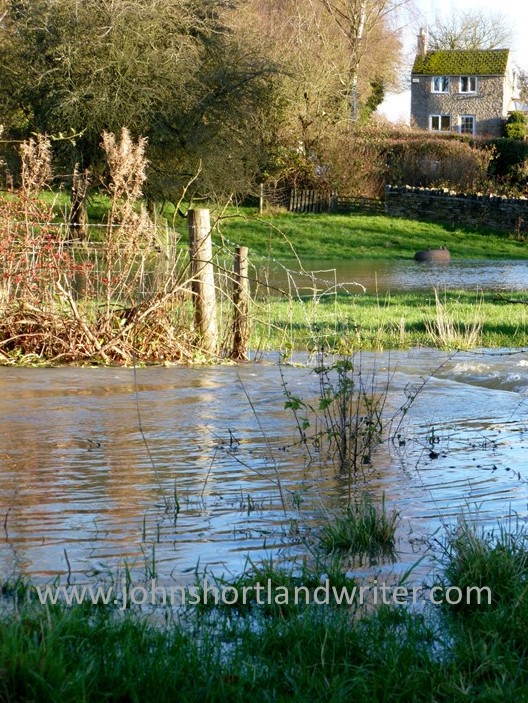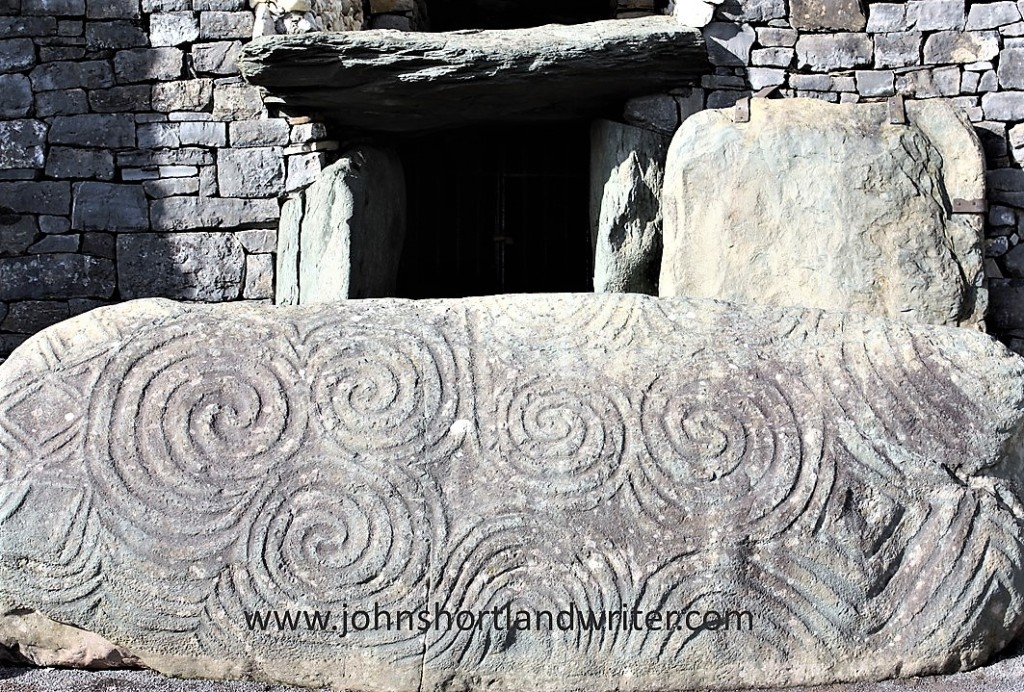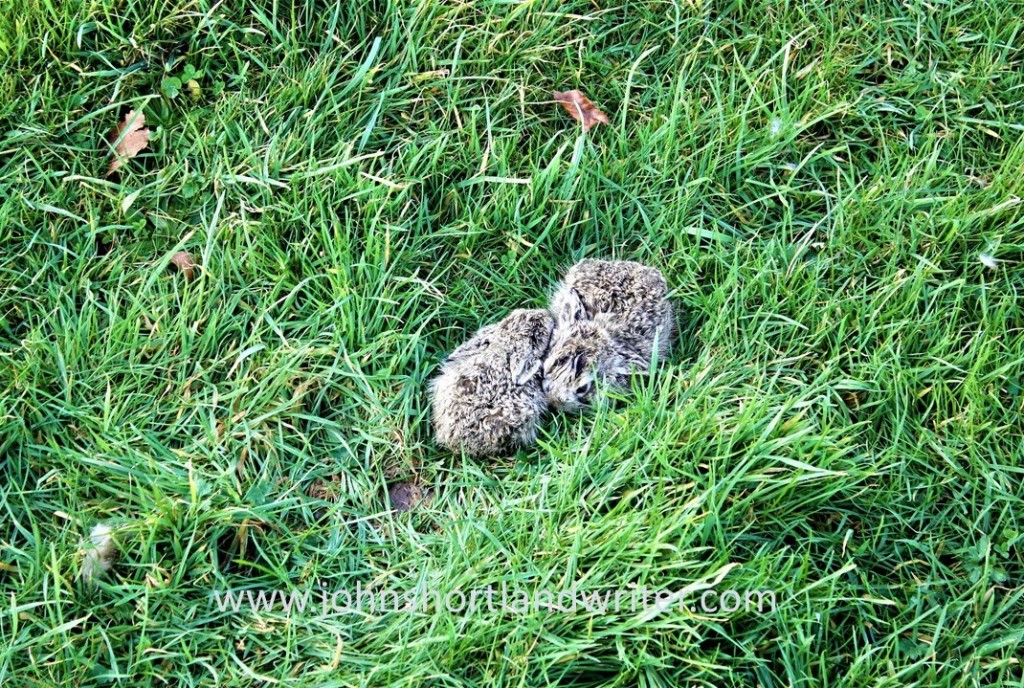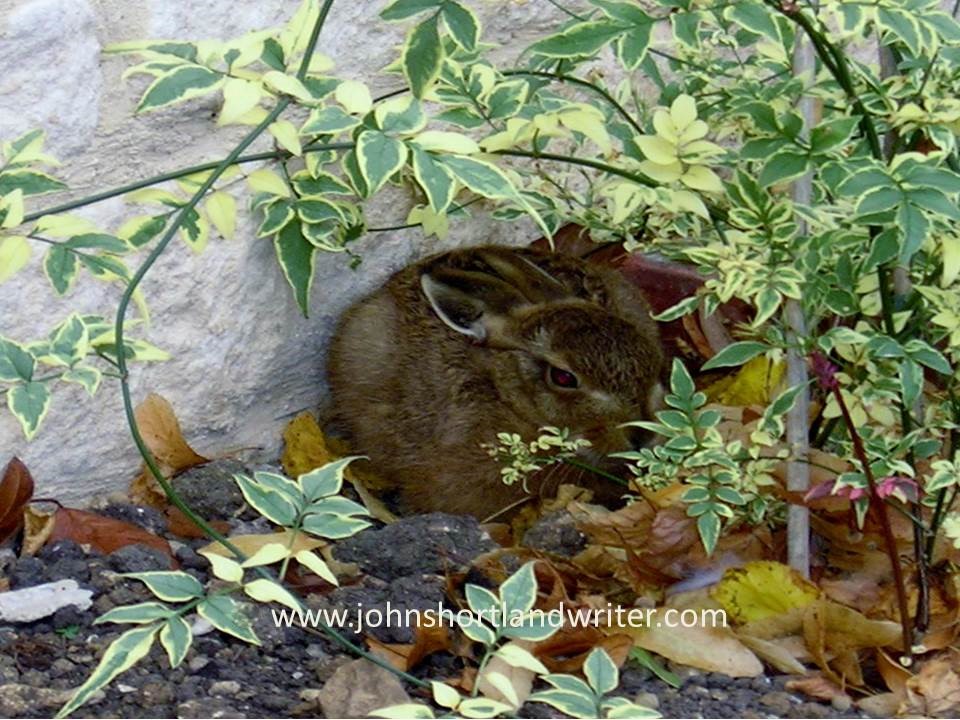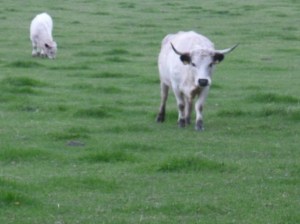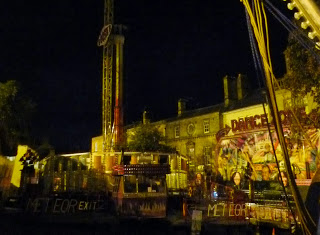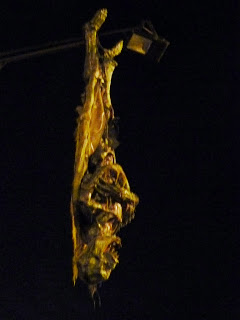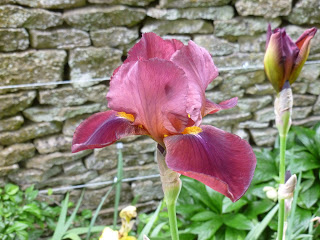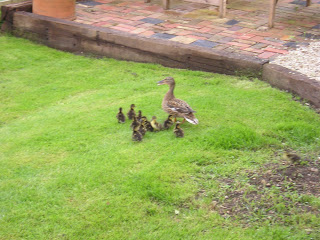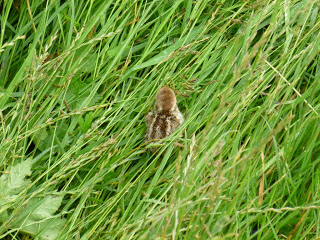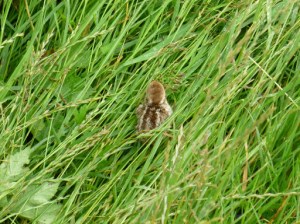The autumnal equinox has just past and with it comes those rare, clear and sunny days when the outdoors beckons, and your senses become alive to every detail. Perhaps it is because you’re all too aware that soon there will be many days when the countryside is shrouded in a clinging, wet mist that takes hours to lift, if it does at all. An early-start walk is all the better for several reasons: the light is extraordinary, the air clear, and there are few, if any, people out and about. Perhaps, best of all, with the shortening days, early isn’t at some God-forsaken hour 😉

From our little, Cotswold stone-built house it is only a matter of yards to the river. Unlike the true days of Autumn, the river is also clear. All too soon, the warmth mixing with the cool will see the vapours rise, often hiding the surface and sometimes blanketing the whole valley. Today, despite the frequent rain showers we’ve been having the water levels are low, there are no birds singing and I have only a sentinel heron to share it with. Dismayed at my appearance, he flies off lazily with a scolding, harsh croak only to settle a few yards further away to watch me as I pass. No sooner have I done so than he returns to his favoured spot to continue his hunt for crayfish.

Although the sun is shining, it is still set low in the sky, casting lengthy shadows and intensifying the first changes of colour in the trees. As it climbs higher, so the colours will appear to fade and the shadows shorten, and another part of the early-morn magic will be lost for another day.
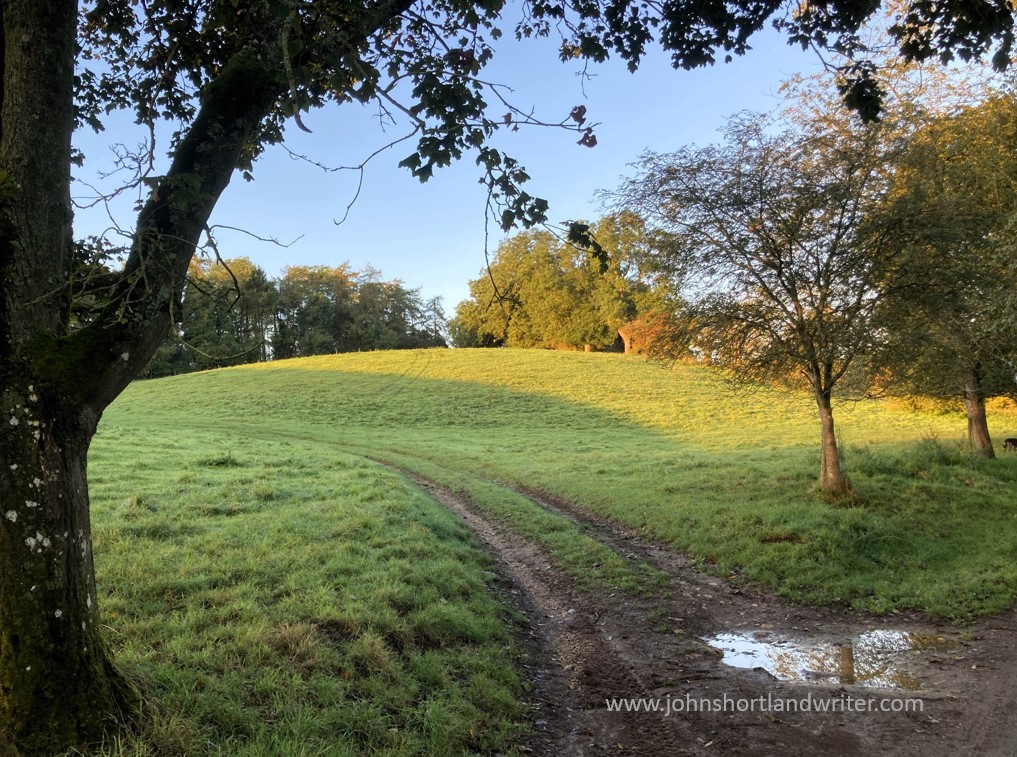

Reaching the plantation, the sun filters through the still-densely clothed branches, diffusing the light and giving it the look of an Impressionist painting. Perhaps this is how Monet got his inspiration when looking at his waterlily pool. The path stretching ahead just invites you to walk onwards. At its end, where it meets the lane, the first of the stone houses in the nearby village remain silent, as do they all, for their occupants are still either asleep or not yet venturing out. They are missing so much but I relish the silence and glad that it isn’t disturbed by the sounds of civilisation.
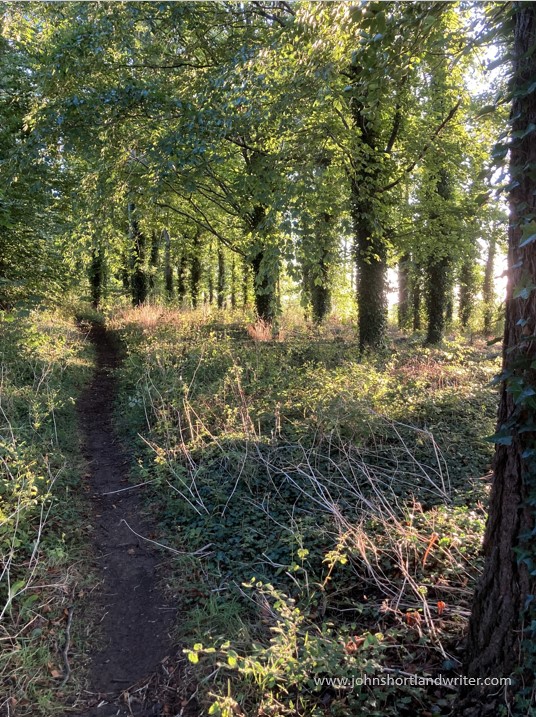

There are four lanes that lead into the secret valley. The one that I now take is little used and the grass grows thickly in its centre. Another is similar and, with no passing places for a mile should you meet another vehicle, only those with good reversing skills tend to use it. Occasionally a ‘lost’ driver attempts it, thinking it will be a short cut to their intended route, only to end up traumatised by the experience.
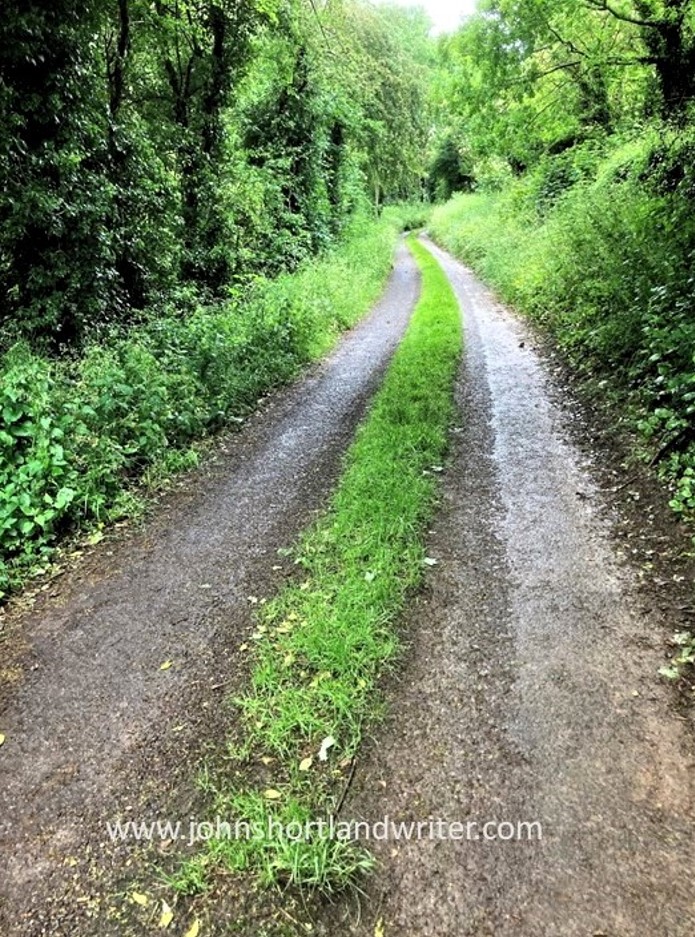
All along the lanes, the banks and hedgerows are thick with berries and the fading flowers of summer. Every year I intend to make a note of what I see but, although I never do, I can be fairly certain of seeing the same late bloomers, sometimes right though to Christmas. These single flowers are extra-special, as they cling onto life reminding us of their glories past and giving us hope for the following year.

l-r bottom: cranes-bill, prickly sow-thistle
I have reached the cattle sheds now at the top of the hill above my cottage. Large and airy, they are empty and silent now for the livestock is still out in the fields and making the most of the last of the summer grazing. By Christmas if the season is reasonably mild and dry, or sooner if not, they will be brought in to be kept dry, warm and fed. The barns surrounding the sheds are stacked high with straw and hay, their bedding and feed – in a good year, there will be enough to last the winter however long it maybe; in poor summers extra will need be purchased for they will not be returned to the valley’s water-meadows until they have calved and the weather is right.

It is a short downhill walk to home now. Within minutes I will be back, the kettle on and looking forward to a well-deserved breakfast.

.
.
.




